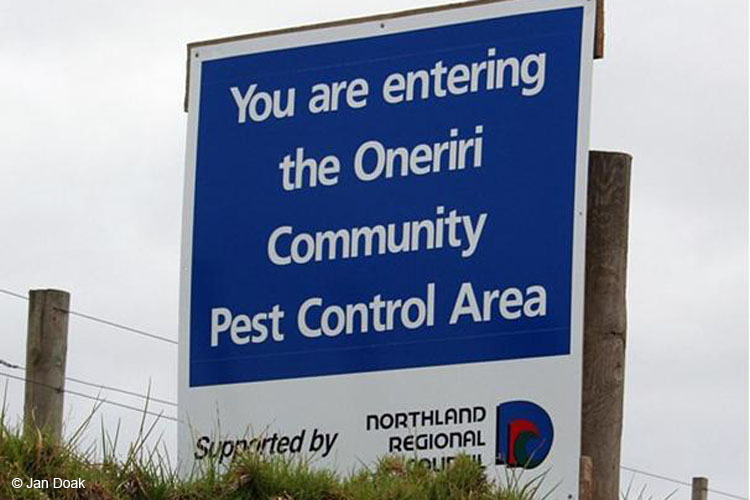Socio-economic
The longterm objective to promote socio-economic opportunities addresses the need to emphasis the inextricable link the Kaipara has with society; the emotional, spiritual and community links and values. Managing sustainable and integrated use of the Kaipara is an integral part to achieving the common vision.

Issue:
The World of Kaipara is a rural landscape with a southern rural-urban relationship. The Kaipara is largely split into three land districts: Rodney (now Rodney ward), Whangarei and Kaipara. Up to 55% of the total Whangarei District area lies inside the Kaipara catchment, which brings the population and socio-economic characteristics of Whangarei to the Kaipara. Other characterising cities and townships include Auckland, Wellsford and Dargaville.
Investigations found that key drivers that shape and change socio-economic characteristics and future opportunities include: community profile (e.g., age, education, income, employment, ethnicity), values, cultural and ethical frameworks of communities; climate change; biogeophysical resources; economy (ie., local, regional, national, global), population growth patterns; aging population; production and consumption patterns; globalization; landuse change; southern Kaipara / Auckland urban-rural relationship.
Patterns of population growth, coupled with economic growth, have been predominantly ad hoc, being driven by private development and investment. The social and economic demographics of the Kaipara have been shaped by the past and its location to Auckland. The Kaipara currently, and historically, has been a resource-based economy. In the late 1800’s, the Kaipara serviced both international and domestic markets principally through the export of native timber. Some first European settlements have survived to be thriving primary production service centres to the wider rural community (e.g., Dargaville, Helensville, Wellsford). Investment into strategic and pro-active growth planning is virtually been nil up till the early 21st century. Whangarei District Council (Sustainable Futures 30/50), Rodney District Council (Rural Strategy) and Auckland Council (Metropolitan Urban Limit) have recently developed growth strategies.
The southern Kaipara, or Rodney District, has a population estimated at 89,559 for 2006 and is expected to increase more than 50% in the next 20 years.[1] The Kaipara District in the north has one of the lowest population densities in the North Island and is expected to decrease 3% over the next 20 years. This demographic trend exists across other characteristics such as Māori, income and unemployment.
Strategy:
To provide future livelihoods for our mokopuna we need to re-couple/re-establish sustainable use of Kaipara resources and ecosystems by investing in our local economy and social labour. There is a need to address unemployment, low education, and poverty, unsustainable use of resources and development, adhoc growth, lack of kaitiakitanga opportunities and lack of collaborative and community-based management. Innovative opportunities that generate dollars and jobs need to be identified.
Goals:
- To identify and support local socio-economic opportunities that ensure the health and productivity of the Kaipara Harbour.
[1] These are only projections based on trajectories taken from historical trends. This information does not necessarily imply that this is the cause of the difference in demographics.

